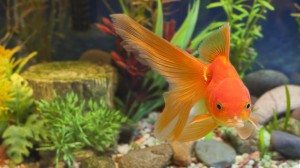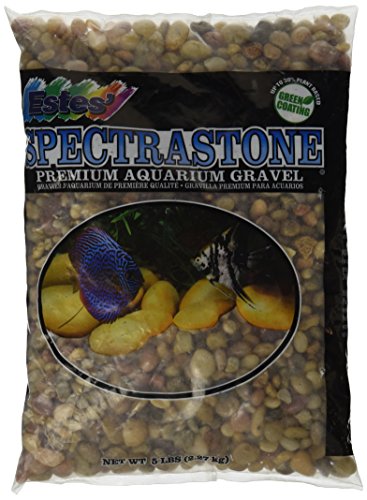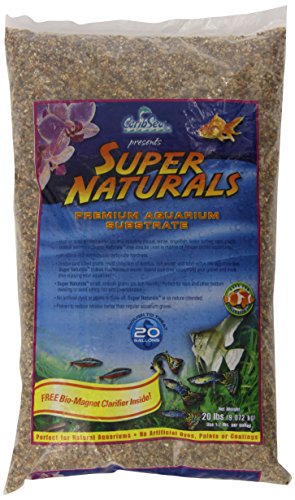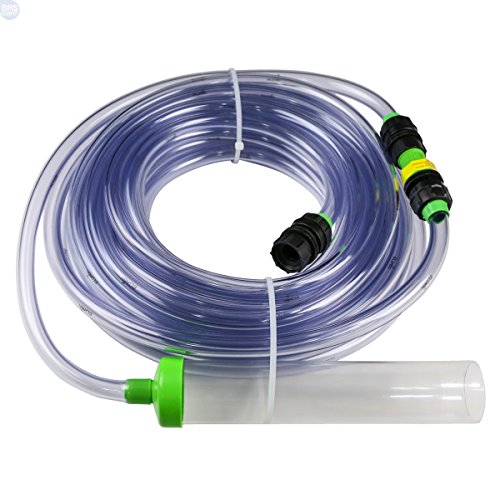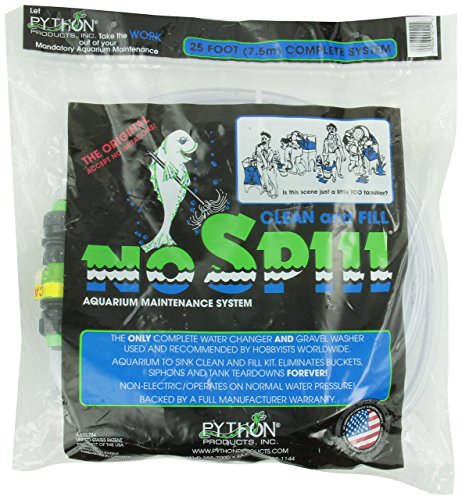Updated November 2018
One of our readers recently asked about Pea Gravel, so I thought I’d take the time to explain what it is and why it’s good to have gravel in your tanks and aquariums.
This type of pebble has rounded edges and the smallest pebbles have a size of around 4 millimeters. They have a number of uses including decorating fish tanks.
4 Reasons for choosing Pea Gravel
- It’s the most widely available gravel you can buy.
- With the use of pea sized gravel you’ll not have to be concerned about the possibility of gravel getting stuck in the mouth of your goldfish. This is a problem I’ve seen when a small sized gravel was used as the water bed for a tank. Pea sized gravel is the perfect size as it is large enough to avoid this problem.
- Underwater plants can be planted rather easily in the gravel. The plant’s root system is able to grow in between the gravel pieces, avoiding suffocation of the roots. The space available in the gaps of the gravel is large and provides adequate aeration. This doesn’t allow toxic gas pockets to be formed.
- Cleaning a fish tank bedded with pea sized gravel is quite easy with the use of a gravel vacuum. Make sure the gravel is packed densely enough to stop the waste from settling on the face of the gravel rather than sinking into the pockets on the tank floor.
There are other types of gravels that can give your aquarium a particular theme. For instance, small sand gravel gives your tank a tropical feel. Pea sized gravel offers you a more traditional look and the large pebbles will give the aquarium a dramatic effect. In a goldfish tank pea gravel is usually the preferred choice.
I personally like these rocks because they add dimension and appeal in an otherwise dull environment. Think about it. You like lots of colors and appreciate looking at different shiny objects and so do the different types of goldfish.
The color palette is varied and some of those colors are red, rose, eggshell, beige, grey. The variety of colors is another reason this gravel is so popular. The location from where the rocks are excavated will determine its hues.
It’s common for a beginner to start off with the standard brown pea gravel. Change the visuals of your tank by experimenting with some of the various colored pea sized gravel available. The darker colors provide a contrast between the plants and fish. It also helps to avoid glare in the water.
These pics show a comparison in size between pea gravel and substrate so you can see which suits your tank.
Tip: Wash your gravel in hot water before adding to your fish tank to make sure there are no chemicals that can affect your fish. Decorative stones can be covered in wax so wash thoroughly before adding.
Fish tank gravel cleaner
Goldfish produce excessive amounts of waste in the form of chemicals. A buildup of waste is harmful to the health of your fish. It also detracts from the visual look of your aquarium by producing cloudy water.
Next time you’re looking to make some changes to your aquarium or tank why not try some inexpensive pea gravel. I’m sure your goldfish will thank you.
As you’ll see in this video, good use has been made of pebbles in their aquarium. Take a moment to check out the video and you’ll see what I mean.

